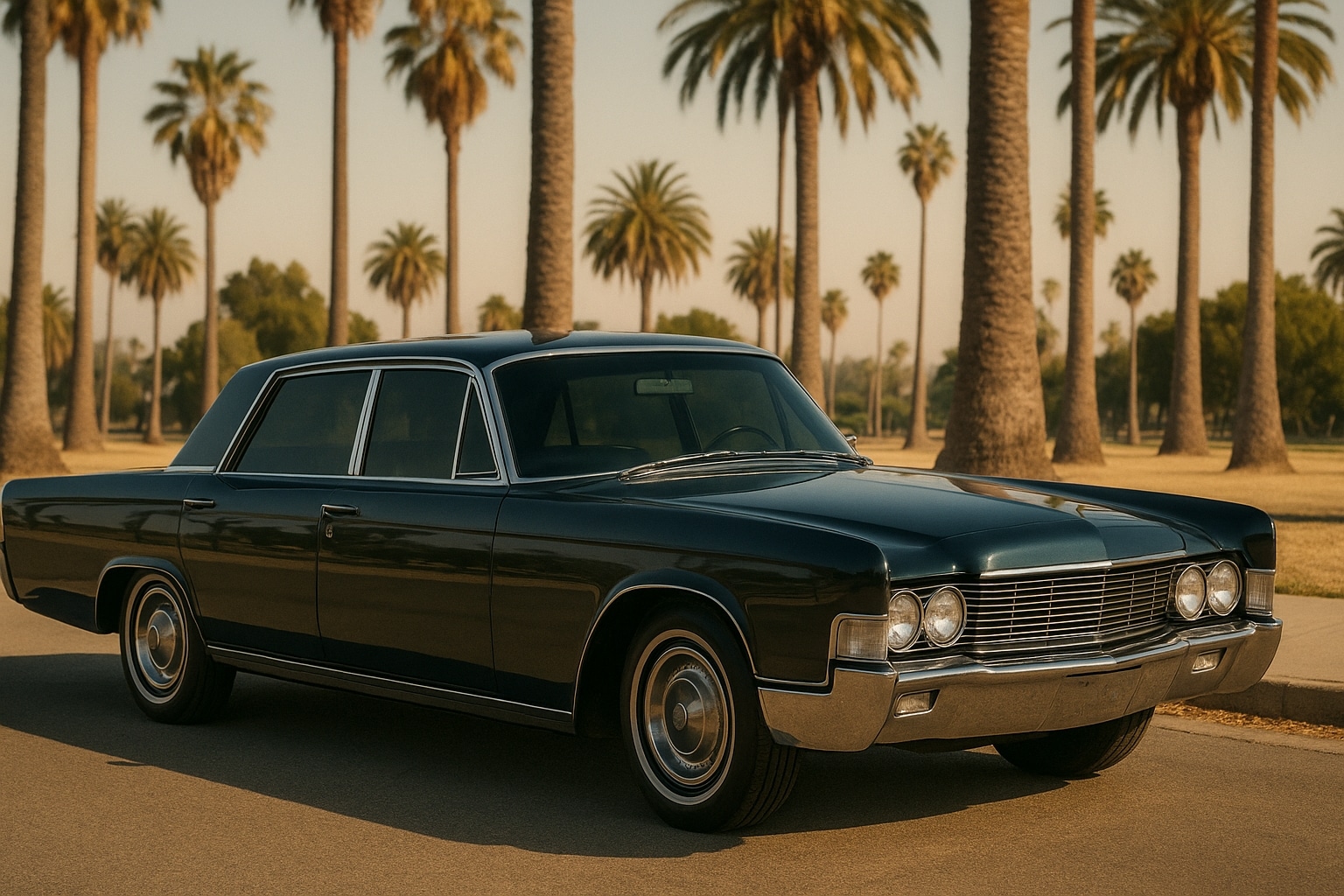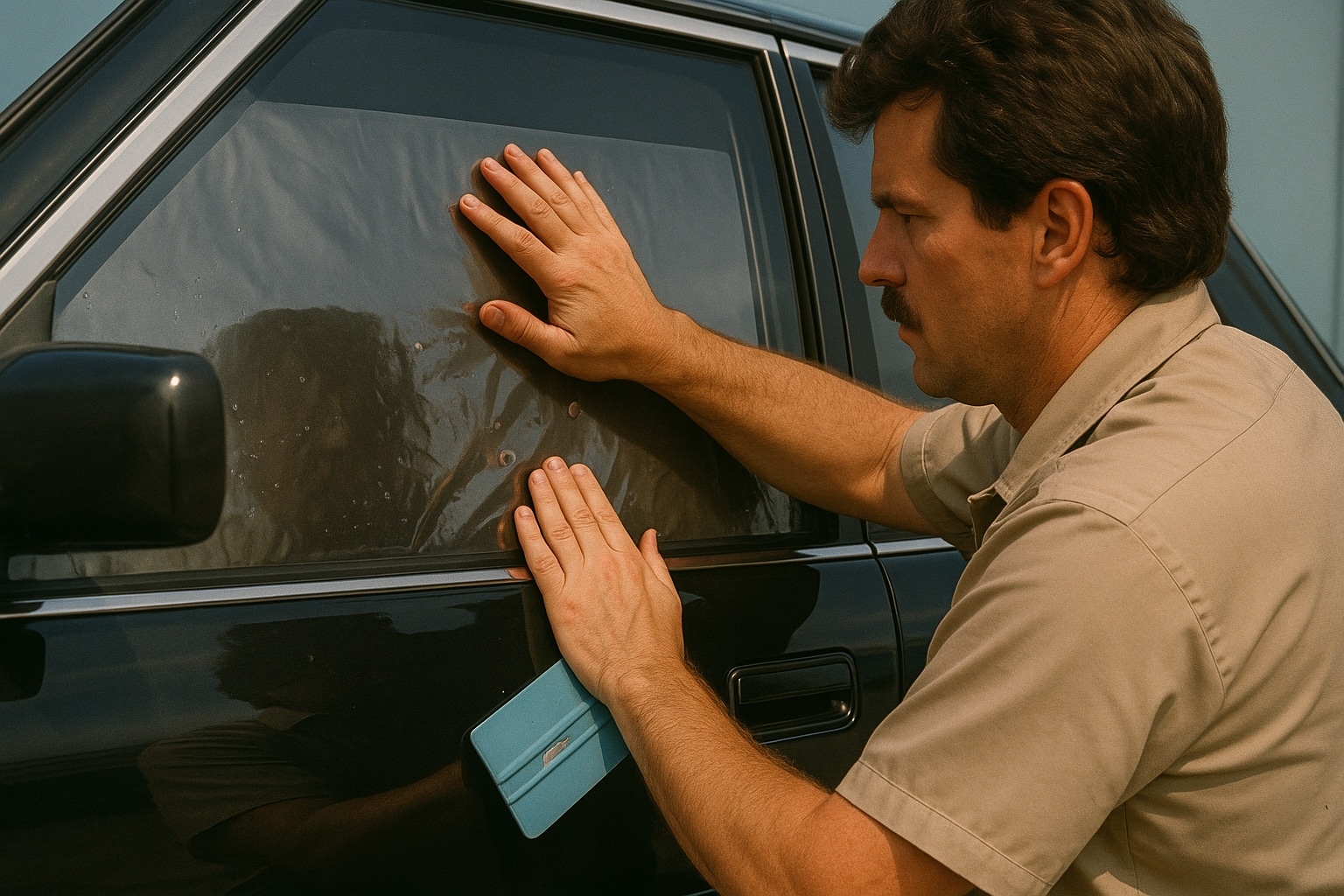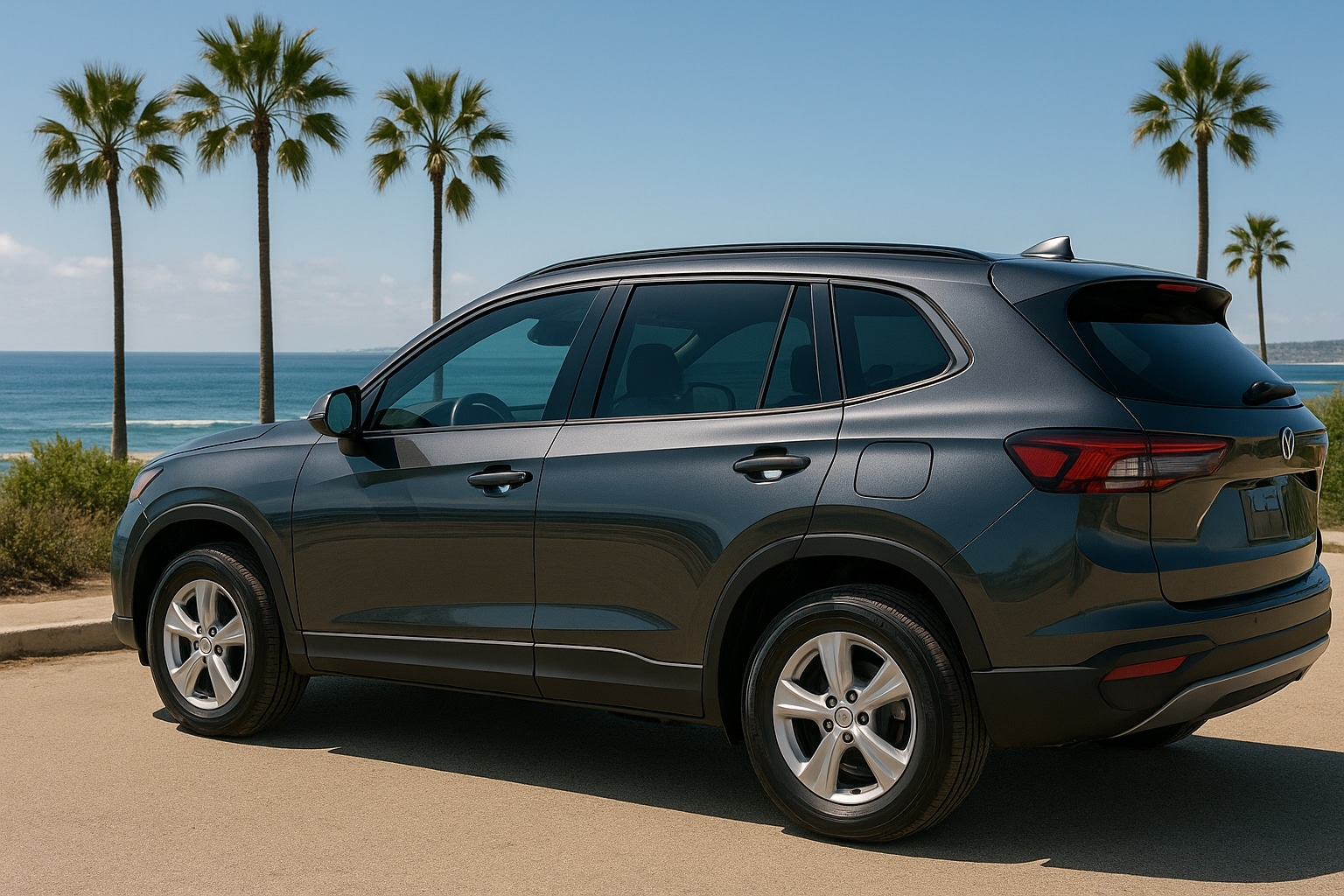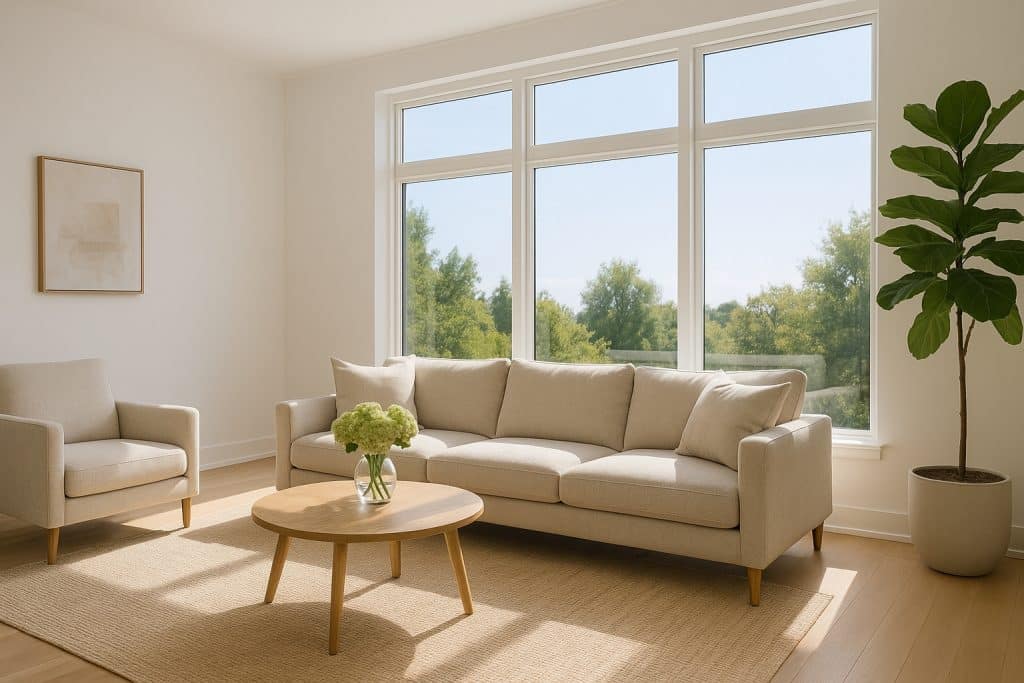Car window tinting has come a long way from its humble beginnings. What started as simple “smoked glass” in luxury cars decades ago has evolved into a high-tech industry offering advanced films that improve comfort, protect interiors, and enhance driving safety. Today’s nano-ceramic tint films are a far cry from the dark, bubbling tints of the past, especially for car owners in sunny regions like San Diego and Southern California where heat, glare, and UV rays are year-round concerns.
In this article, we’ll explore how window tinting for cars evolved over time, the breakthroughs that shaped the industry, and why modern films have become both a lifestyle upgrade and a smart investment.

The Origins of Tinted Windows: Smoked Glass in the Mid-20th Century
In the 1950s and 1960s, car manufacturers began experimenting with tinted glass. Known as “smoked glass,” these windows were made with color pigments embedded into the glass itself. The tint was subtle, often a green or gray hue, primarily designed to reduce glare and add a sleek, luxurious appearance.
However, this early version of tinting had limitations. Smoked glass offered minimal heat rejection and little protection from ultraviolet (UV) rays. As the popularity of tinted cars grew, drivers sought more effective ways to block the sun.
The Rise of Aftermarket Films in the 1970s
By the 1970s, aftermarket tint films entered the scene. These thin polyester sheets, dyed or metallized, were applied directly onto car windows. They gave drivers the ability to darken windows beyond what manufacturers offered, creating the custom, privacy-focused look that quickly gained traction in Southern California car culture.
But early films had their drawbacks. Dyed films often turned purple over time, and metalized films could interfere with radio signals. They also had a reputation for bubbling or peeling if installed improperly. Despite the challenges, these aftermarket tints paved the way for innovation and set the foundation for today’s advanced products.

The 1980s–1990s: Style Meets Performance
During the 1980s and 1990s, tinting became synonymous with style and personalization. From Hollywood stars cruising in limousines to local San Diego car enthusiasts upgrading their rides, tinted windows were seen as both fashionable and functional.
Technological improvements during this era introduced better UV-blocking properties, which helped protect car interiors from fading and cracking. This was especially valuable in sun-heavy climates where vehicles are exposed to heat and sunlight year-round. However, durability and optical clarity still needed improvement.
The 2000s: A Shift Toward Safety and Energy Efficiency
As drivers demanded more than just aesthetics, the 2000s saw a turning point in the tinting industry. Films were engineered not only for style but also for safety and performance.
- Improved UV Protection: High-quality films now blocked over 99% of harmful UV rays.
- Shatter Resistance: Tints added an extra layer of safety by holding broken glass together during accidents.
- Energy Savings: Heat-rejecting tints reduced the need for air conditioning, improving fuel efficiency—a benefit highly valued in Southern California’s warm climate.
These advancements transformed tinting from a luxury accessory into a practical, performance-driven upgrade.

The Nano-Ceramic Revolution: Modern Window Tinting
The most significant breakthrough in recent years has been the development of nano-ceramic tint films. Unlike dyed or metalized films, ceramic tints use microscopic ceramic particles that block infrared heat without compromising visibility.
Key benefits include:
- Superior Heat Rejection: Keeps interiors cooler even under the scorching San Diego sun.
- No Signal Interference: Unlike metallic films, ceramic tints don’t affect GPS, Bluetooth, or cell signals.
- Enhanced Clarity: Provides excellent visibility day and night, improving safety.
- Long-Lasting Performance: Ceramic films resist fading, peeling, and bubbling, offering long-term value.
This technology has redefined what drivers expect from tinting, turning it into a science-backed solution for comfort, health, and efficiency.
Why Window Tinting Matters More Than Ever in Southern California
With year-round sunshine, heavy traffic, and a lifestyle centered around driving, Southern California drivers benefit greatly from modern tinting technology. Whether you’re commuting in San Diego or taking a weekend cruise along the Pacific Coast Highway, ceramic window tinting enhances comfort, reduces glare, and protects both you and your vehicle.
Additionally, California tint laws set clear limits on darkness levels, making professional installation essential to ensure compliance while maximizing benefits. A trusted local installer can help choose the right shade and film type tailored to your vehicle and lifestyle.
Conclusion
The journey of car window tinting—from smoked glass to nano-ceramic films—reflects both technological progress and the evolving needs of drivers. What began as a stylistic touch has become a must-have upgrade for performance, safety, and protection.
For Southern California drivers, investing in high-quality ceramic tint is no longer about following a trend—it’s about enjoying a cooler, safer, and more stylish ride for years to come.

